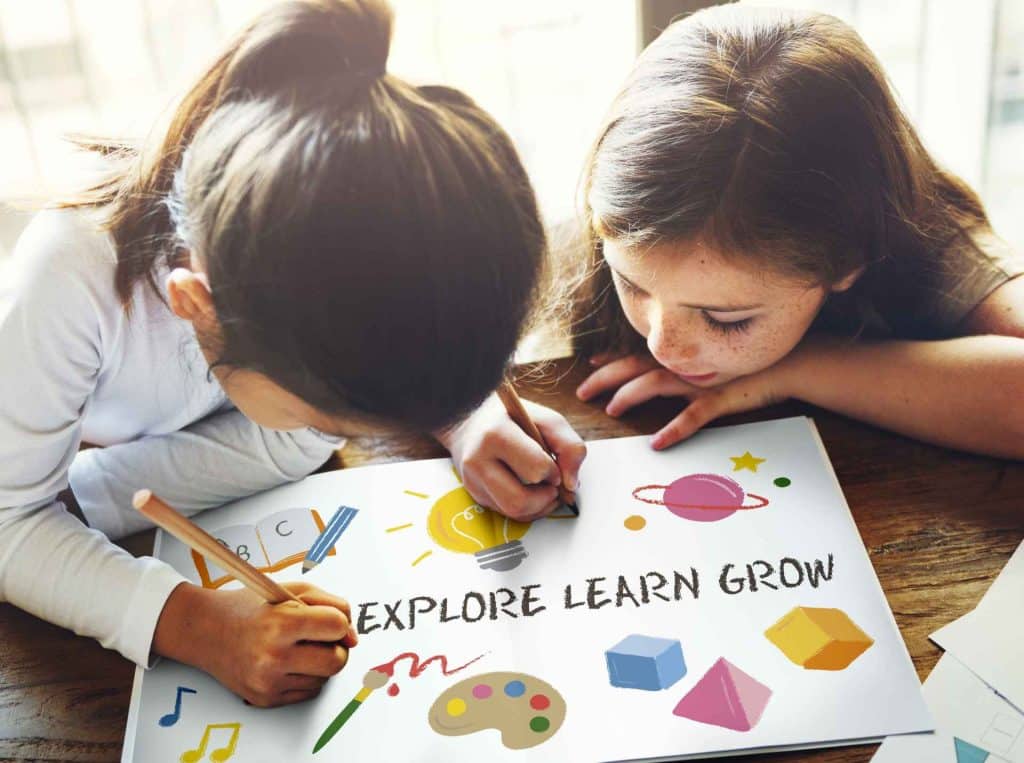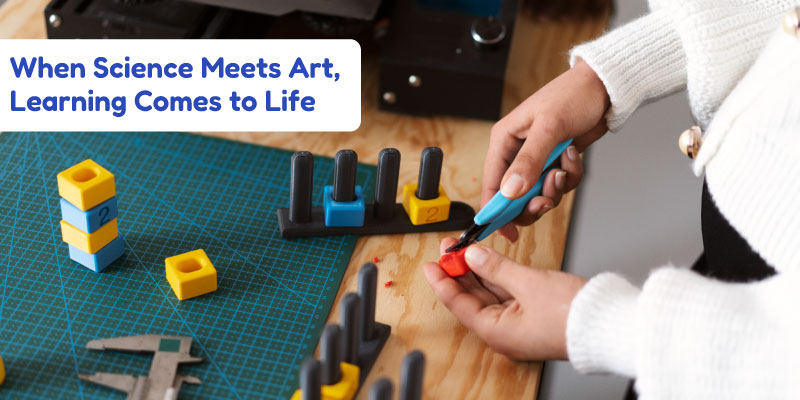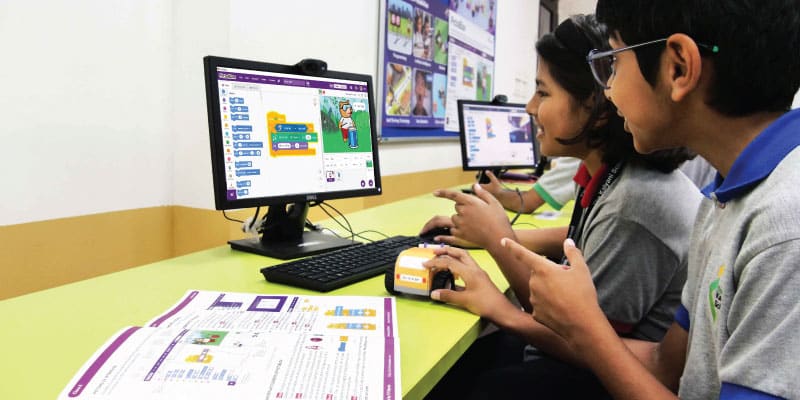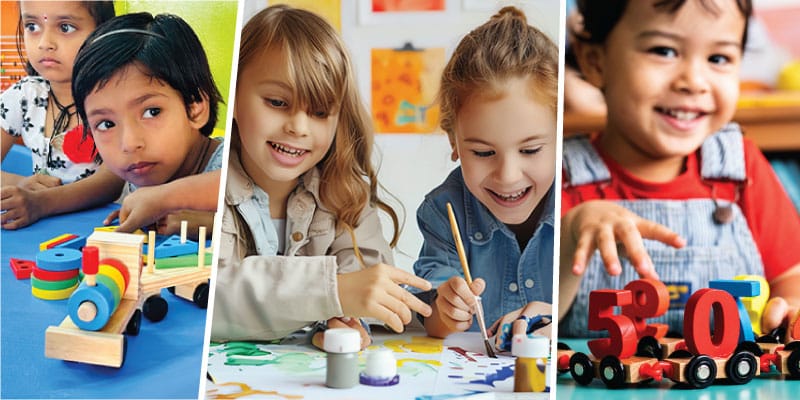Learning is a crucial part of life. With every step that we take, we’re learning. It doesn’t matter if you’re just walking home from school or catching a bus out of town, it involves a significant amount of learning that had to take place for you to be able to carry out these tasks.
Every time a teacher walks into the class, the first thing on their mind is how they can integrate learning with creativity. We go through life thinking that everything will happen in its own time. However, the initiative is important. When we learn, we grow. And when we grow, we understand different aspects of life more effectively. Sometimes, this difference might take months to show, and sometimes it might only take a few hours before you realize that you’ve learned and grown. This is what STEM education aims at – learning creatively, growing, and implementing.
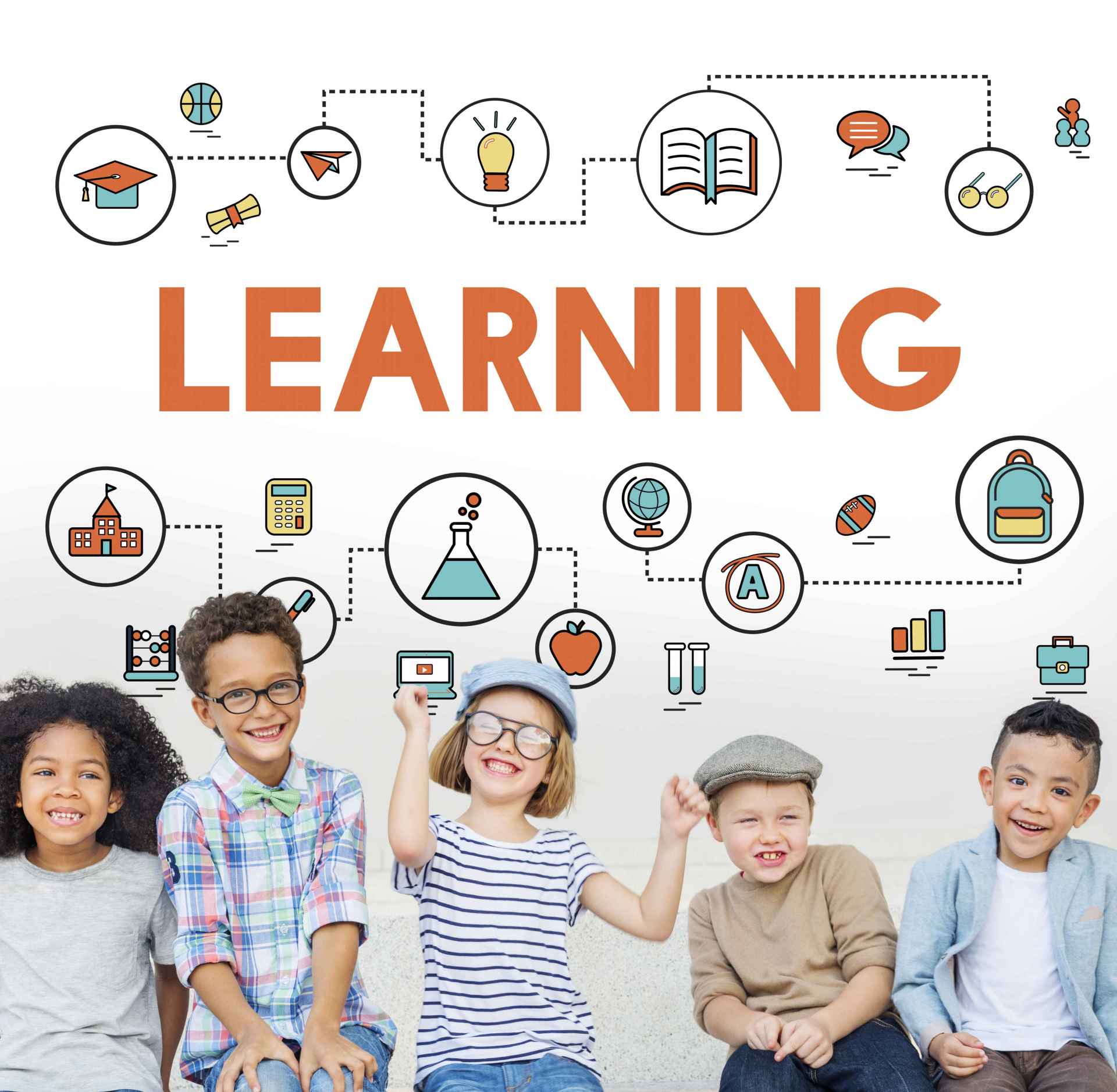
In the past few years, we’ve seen STEM education reach a different level of success. However, where there is success, there is struggle and criticism. Despite the ongoing suspicion and criticism about this new method of teaching, it has helped students take a leap from different life skills such as cognitive, personal, critical thinking, and much more. These skills help students launch themselves into the great wide open that the world is with confidence and utmost self-respect.
Here are some life skills that students inherit through STEM:
-
Interdisciplinary Skills
![]()
The new approach to learning STEM – science, technology, engineering, arts, and mathematics – is an interdisciplinary method aimed at helping students develop necessary transferable skills and learning across subjects, through experimentation, trial and error, and creativity.
STEM education can prepare students for the real world on the premise that the world is complex and messy. It encourages students to be particular with their work and behave in a disciplined manner. Challenges are multifaceted in such a way that they inspire students to take on them with patience and gives them enough experience to deal with any challenges whatsoever in the future.
-
Critical Thinking
![]()
STEM projects require students to systematically think through problems, applying the information they learn along the way about technology and engineering to figure out the best solutions. Cross-curricular projects also engage different parts of students’ brains so that they are seeing the project through different points of view, focusing on details while also learning to step back and look at the bigger picture.
-
Soft Skills
![]()
STEM focuses not just on science, technology, engineering, and math, but also on the child’s entire learning process. And this includes the development of soft skills. Each and every STEM class is designed to allow children to communicate their thoughts, be creative, and explore new concepts in teams.
Unlike traditional education, a STEM education fosters and requires collaborative thinking at every level, which allows children to get ready for a workplace where soft skills like leadership and teamwork are integral.
Moreover, when tackling a STEM project, students are required to work towards a solution using a range of skills and creativity. Through these projects, your child is learning independent work, self-management, out-of-the-box thinking, and persistence.
STEM education helps children become more and more independent with the application of technology and science, while also focusing on soft skills in teamwork and self-management.
-
Problem Solving
![]()
STEM projects give students a chance to problem-solve in unique ways because they’re forced to use a variety of methods to solve problems that pop up during these types of activities. They are encouraged to test their boundaries and capabilities at the same time. By experiencing trial and error, learning how to take risks, and figuring out how to really think outside the box, students let go of the orthodox approach of applying a known method or formula to solve a set of problems in a step-by-step way. With STEM, they are given an opportunity to test their creative abilities and push beyond socially set boundaries.
In a Nutshell
Whether it’s solving cancer or combating climate change, real-world issues require inputs from various disciplines; so, why should students grow up thinking that the mysteries of the world neatly falls into learning modules? Learning different subjects and being able to recognize a connection among them helps build a more holistic understanding of how the world really works. Students must be given the support to discover this as early as possible in their learning journey. And that is possible through STEM education. As a result, children graduate feeling confident and well-prepared to deal with the complex demands of the modern workforce and outshine the competition.
Feature image taken from rawpixel.com

